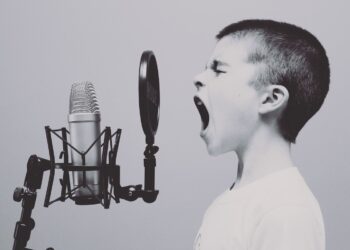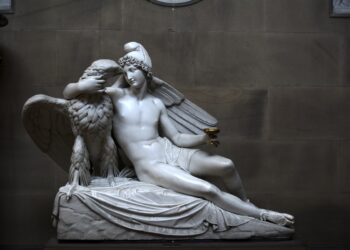What was the Victorian era advice for quieting a baby?

Give them a honey pacifier.
Bathe them in cold water.
Play classical music.
Hang them in a birdcage.
In the 1910s, what was recommended to shape a baby’s head?

Tight swaddling.
Molding clay.
Head-flattening boards.
Regular massage.
What was a common 19th-century teething remedy?
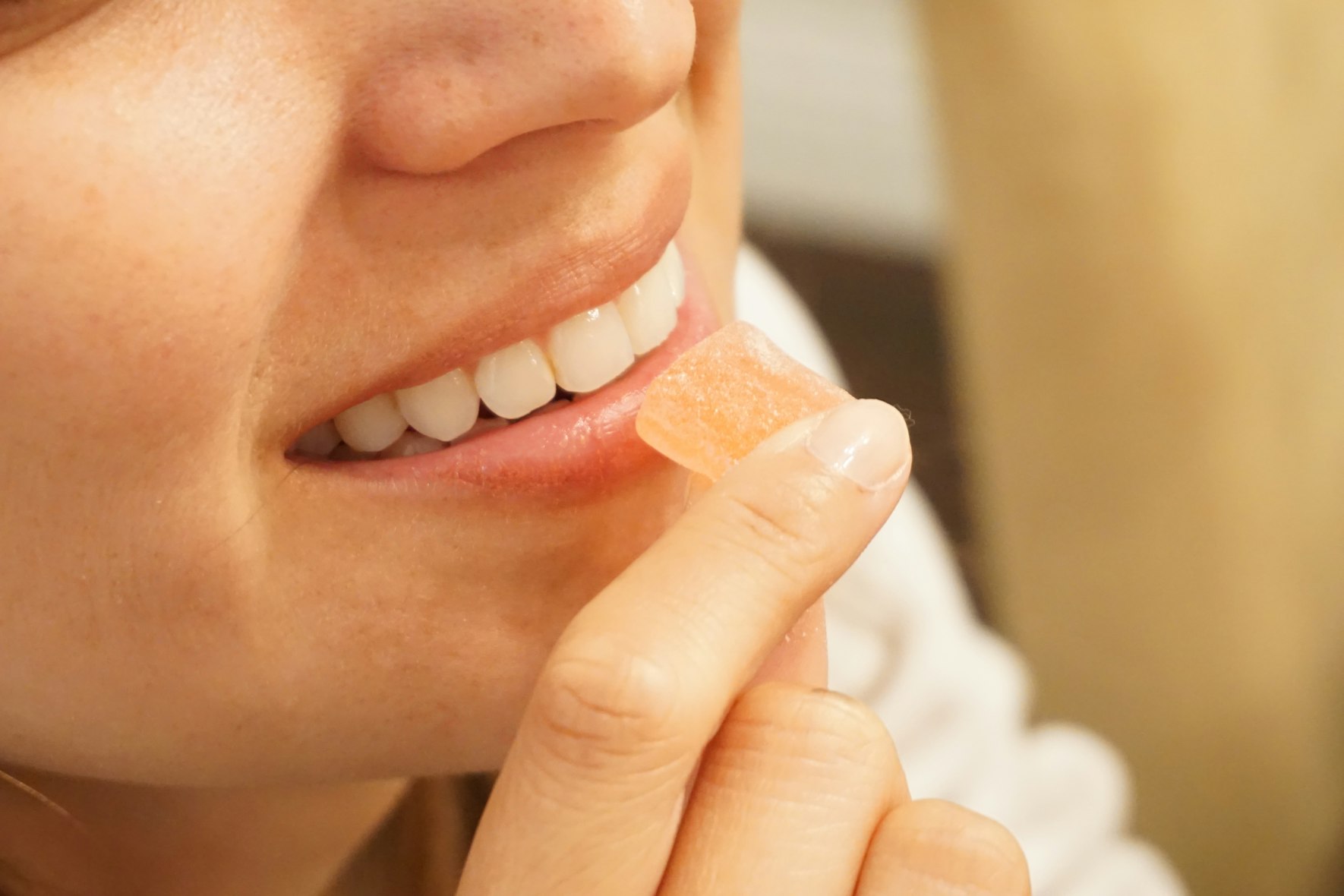
Cucumber slices.
Laudanum.
Chewing on leather.
Ice chips.
In ancient times, which food was given to babies to introduce solid food?

Softened bread in wine.
Mashed fruits.
Goat’s milk.
Rice cereal.
What was a suggested use for lard in baby care in early 20th-century?

As a diaper cream.
In baby formula.
As a baby lotion.
To enhance baby skin tone.
How was sunlight used in baby care in the early 1900s?

As a disinfectant.
To cure jaundice.
For vitamin D.
To improve sleep patterns.
What was an early 20th-century method for baby exercise?

Baby gyms.
Mechanical swings.
Tummy time.
Overhead pulleys.
Which was considered a health treatment for babies in the 1950s?
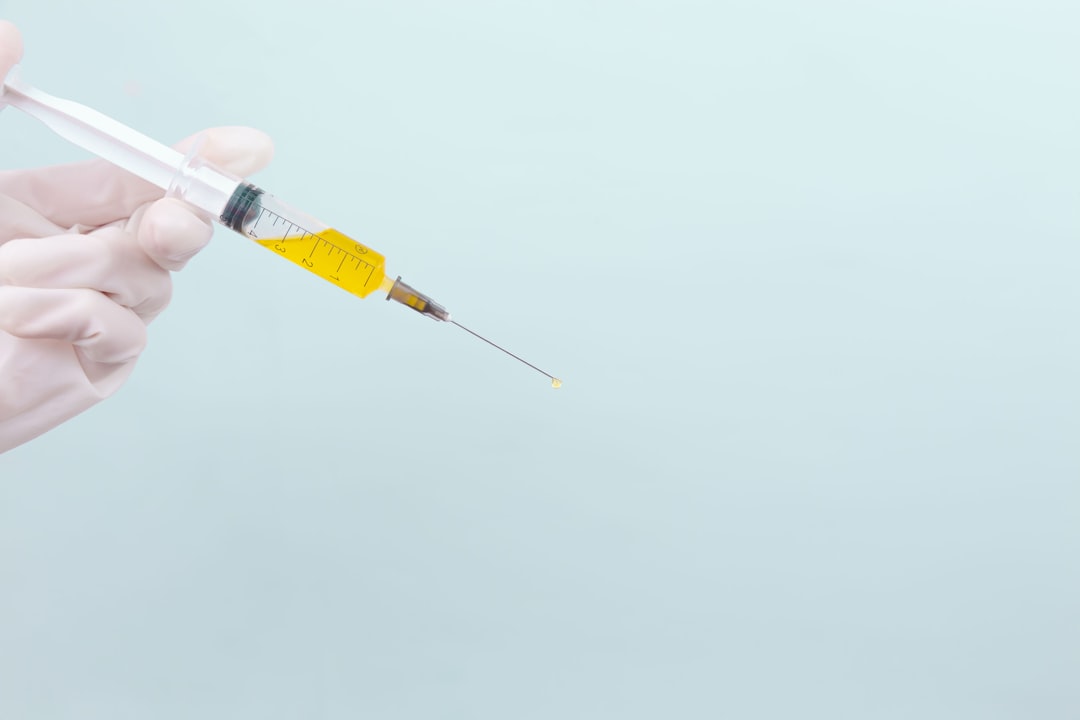
Coffee.
Cigarette smoke.
Radio music.
Whiskey.
What was a popular sleep training method in the 1920s?
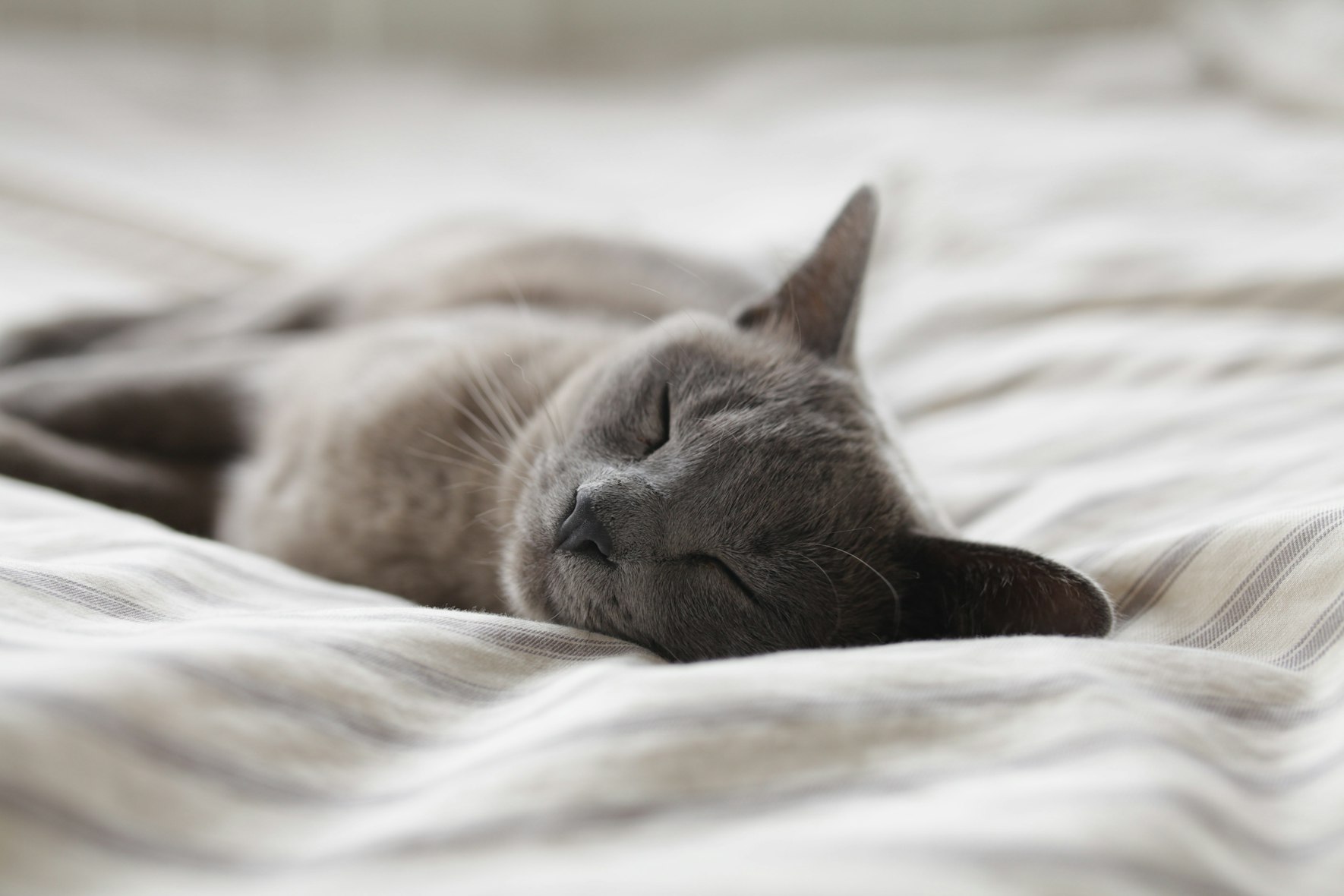
Cry it out.
Rocking to sleep.
Sleeping in swings.
Opium rubs.
What unusual practice was recommended for newborns in medieval times?

Baths in wine.
Swaddling in bear skins.
Daily sunbaths.
Exposure to loud noises.
What was a 16th-century European belief about infant crying?
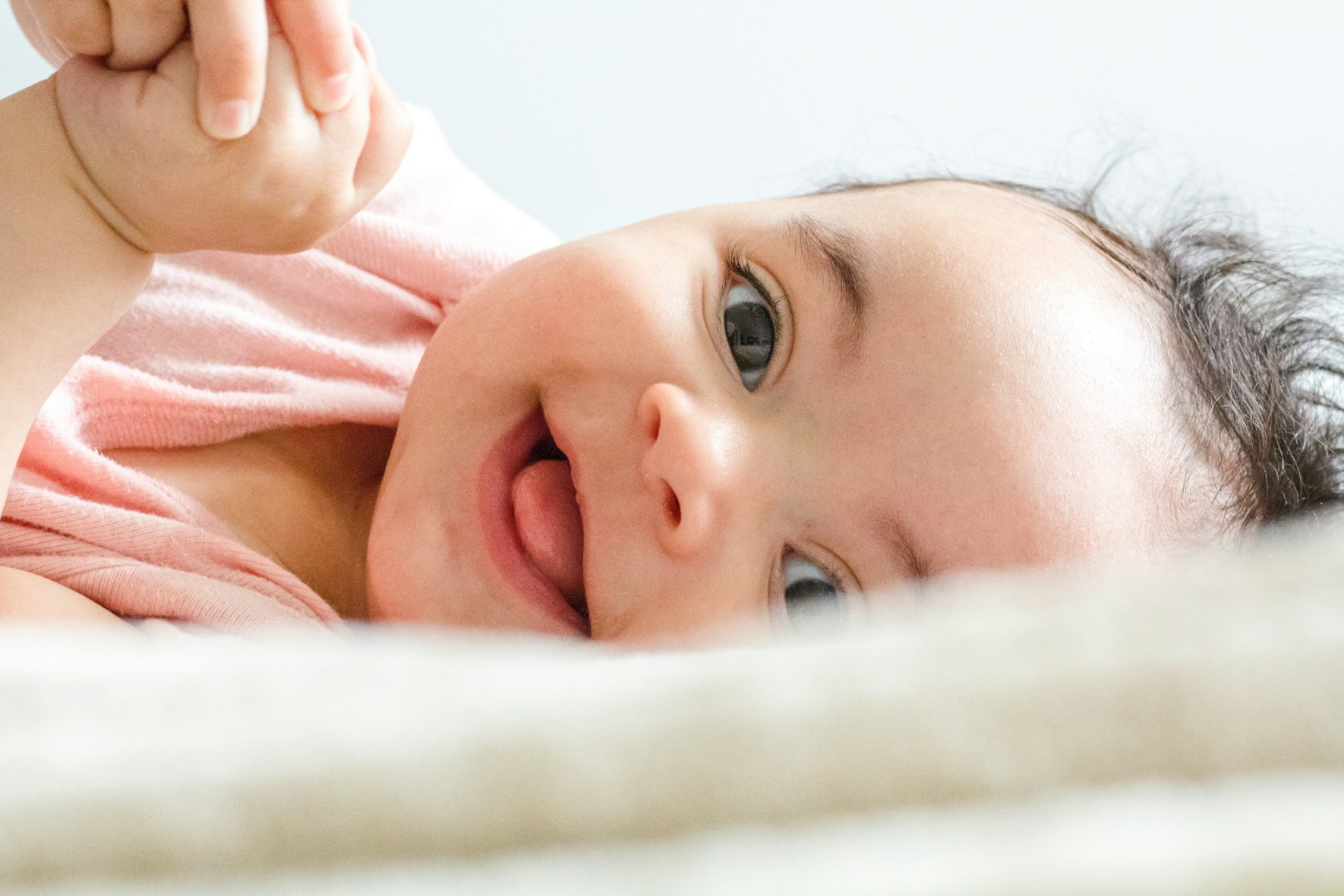
Ignore until quiet.
Respond immediately.
Swaddle tightly.
Evil spirits present.
What did 19th-century doctors believe about babies and fresh air?

Not necessary.
Must be indoors.
Needed for health.
Only in summer.
What early 20th-century product was marketed for baby’s sore gums?
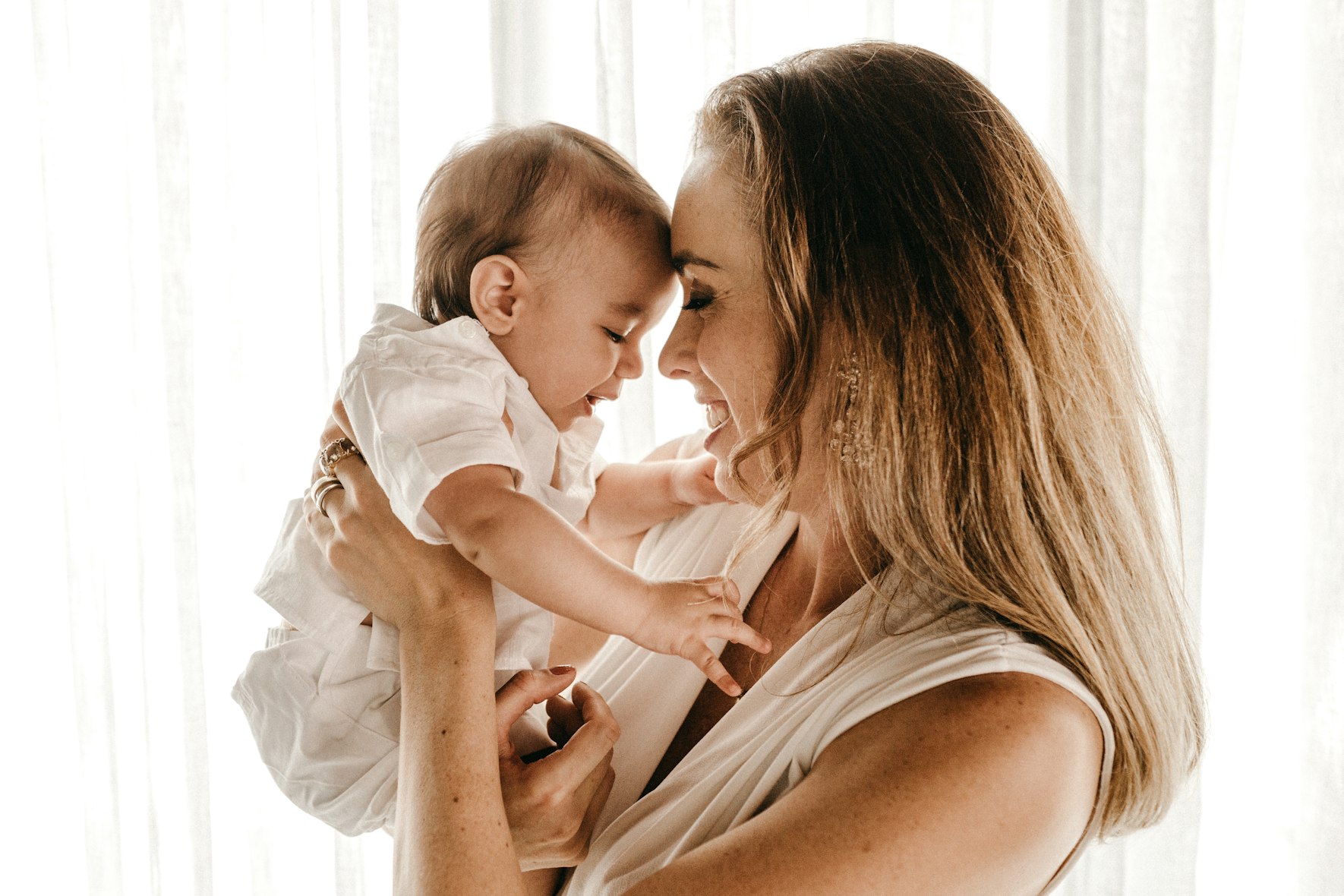
Sugar rings.
Rubber toys.
Borax solution.
Cloth pads.
Which item was recommended for baby sleep in the 1950s?
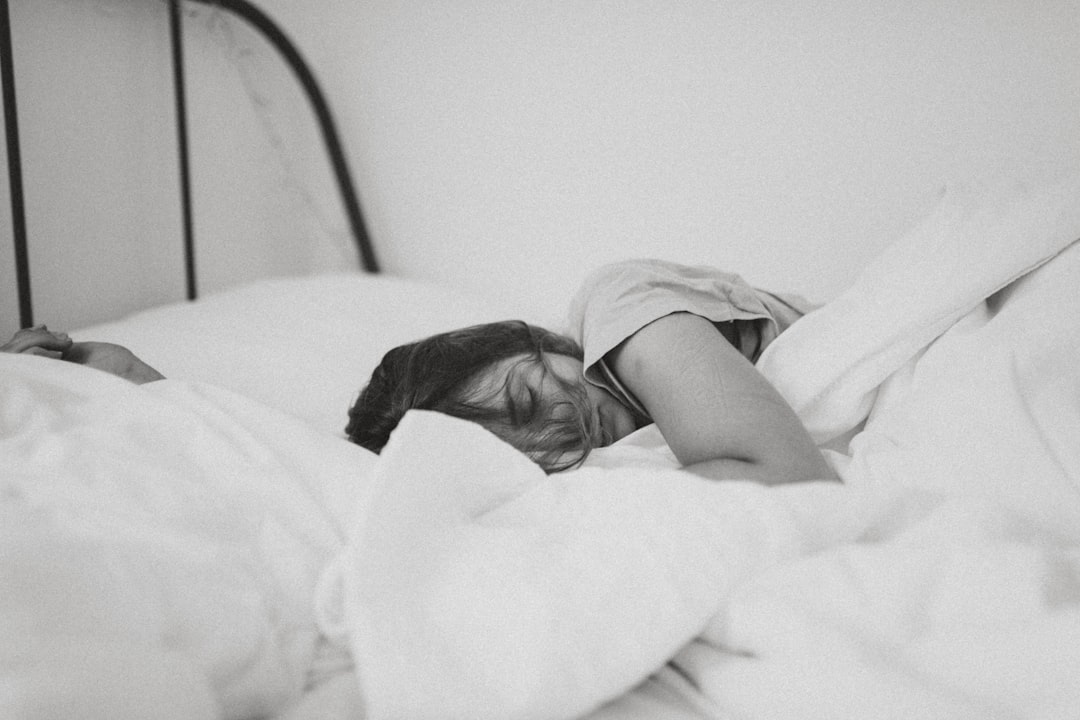
Feather pillows.
Firm mattresses.
Metal cribs.
Sleeping bags.
What unusual 18th-century practice was believed to strengthen babies?

Cold baths.
Frequent walking.
Tight swaddling.
Horse riding.
What did Victorian parents use to track baby growth?
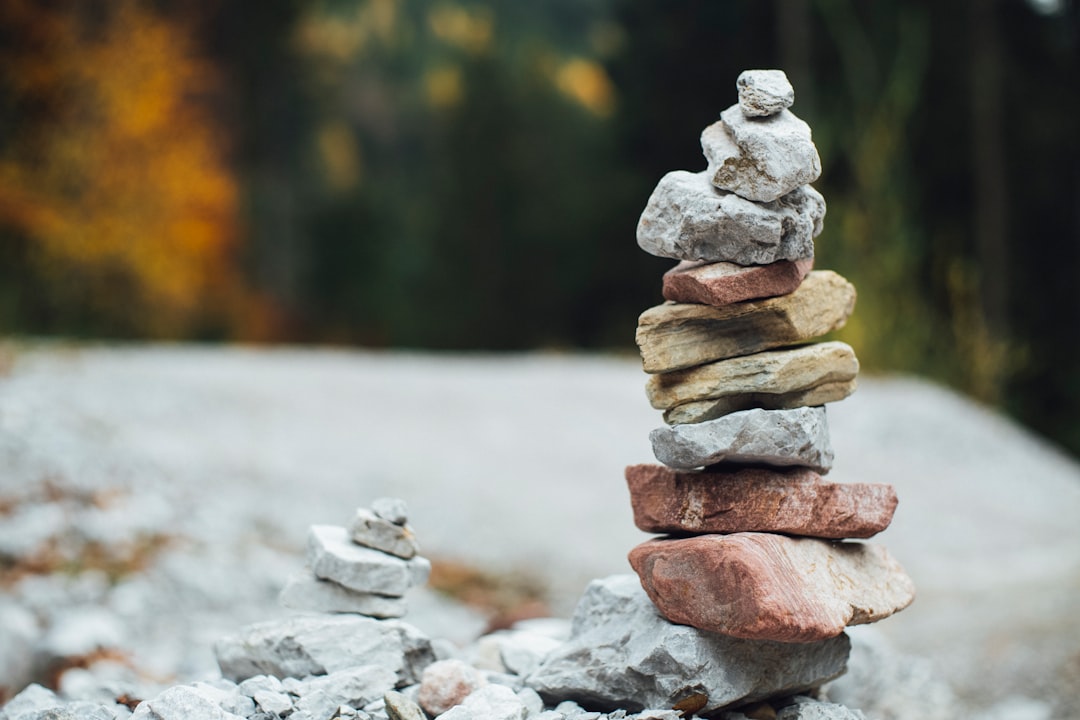
Measuring tapes.
Growth charts.
Marked doorframes.
Diary entries.
In the 1930s, what was a popular belief about babies and music?
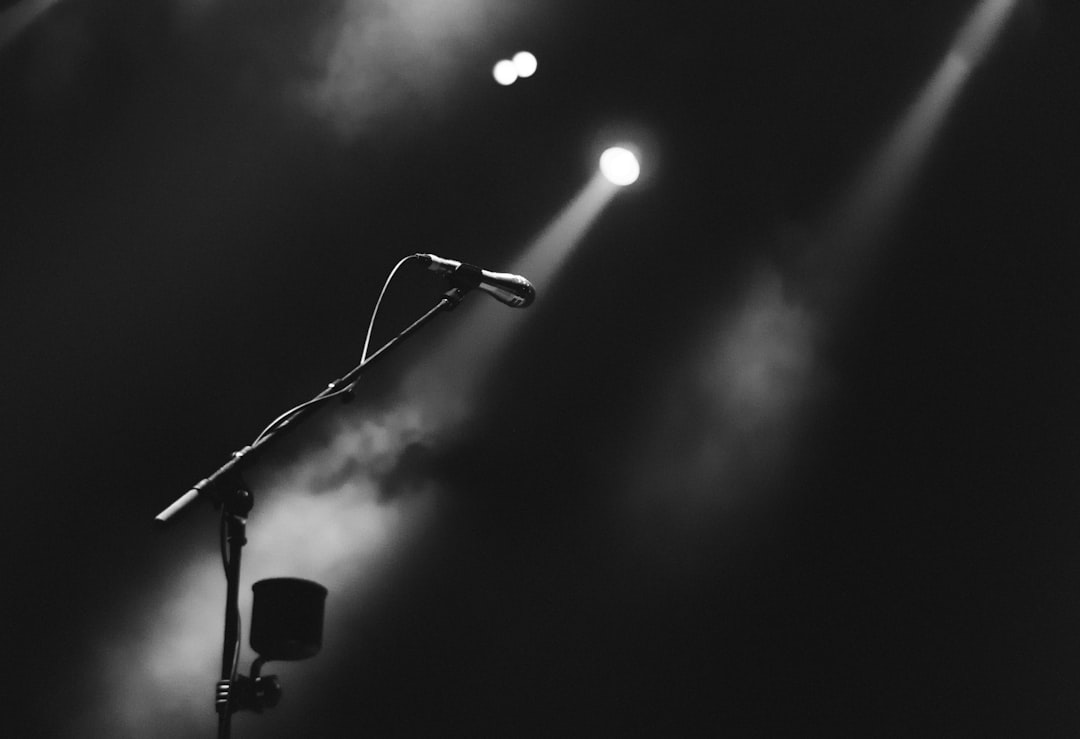
Improves intelligence.
Damages hearing.
Induces sleep.
Stimulates crying.
What archaic method was used to diagnose baby illnesses in the 1700s?
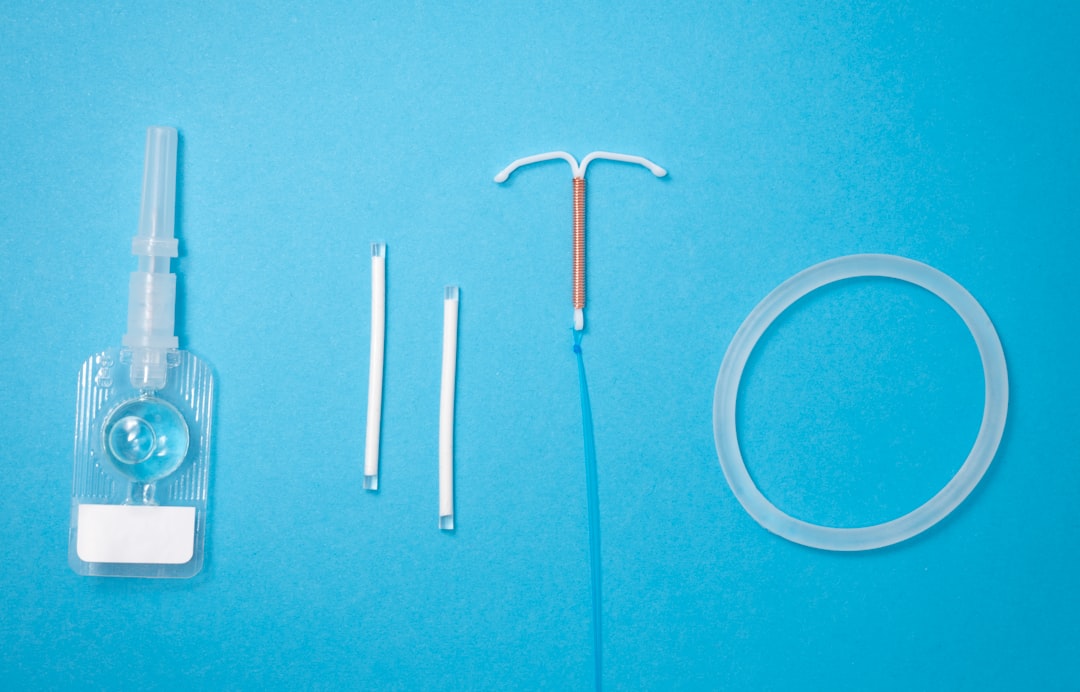
Astrology.
Herbal remedies.
Physical examination.
Water tasting.
Which food was wrongly believed to be good for babies in the 1800s?
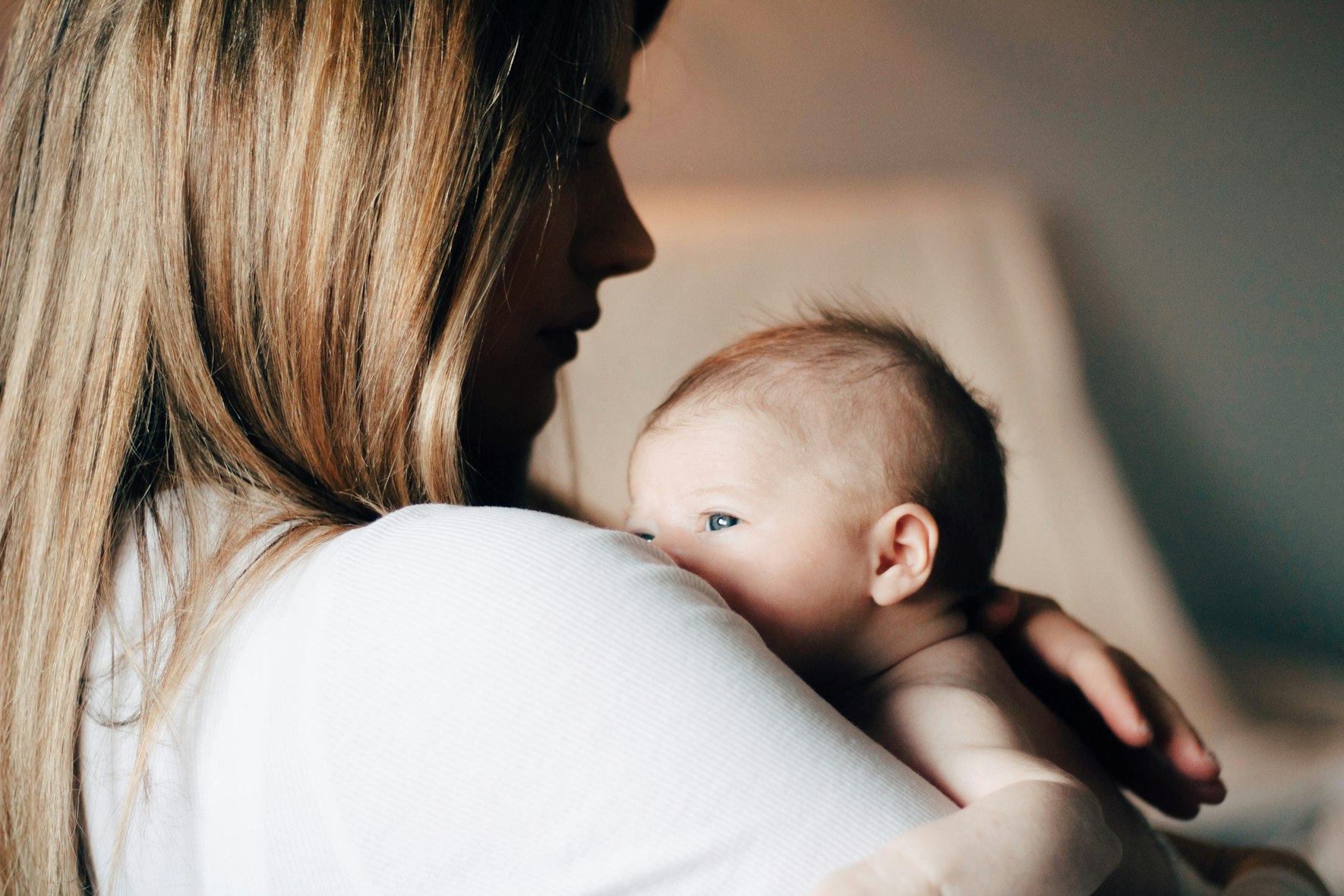
Honey.
Raw milk.
Salted meat.
Whole grains.
What was a common 1920s method to promote baby walking?
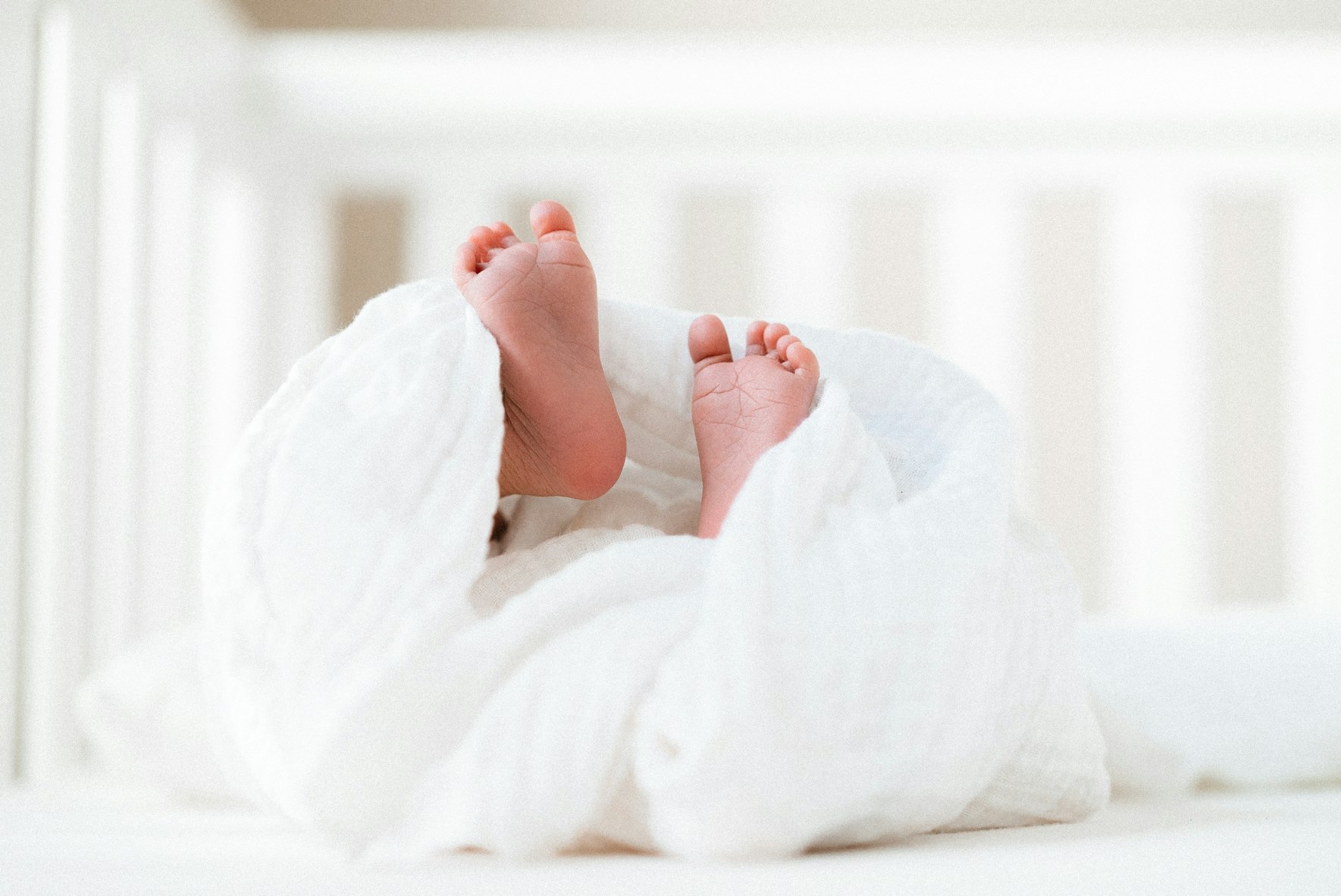
Lead shoes.
Walking harness.
Push carts.
Handheld walking.
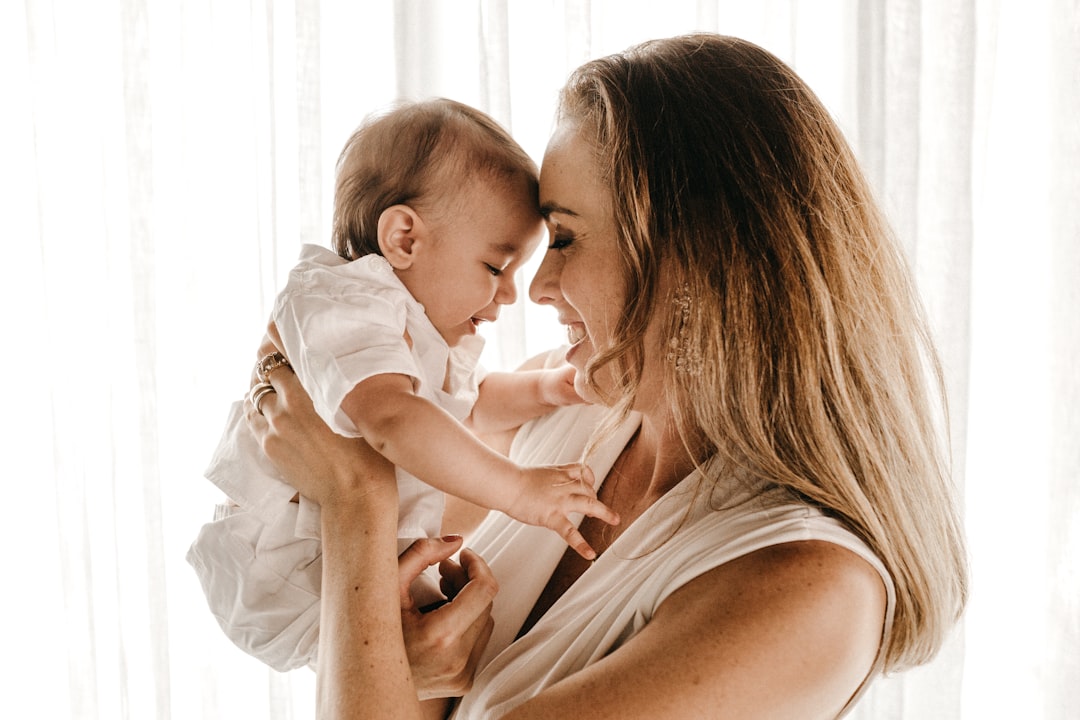
Bewildered Baby Bystander?
Your historical baby care trivia needs some nurturing!
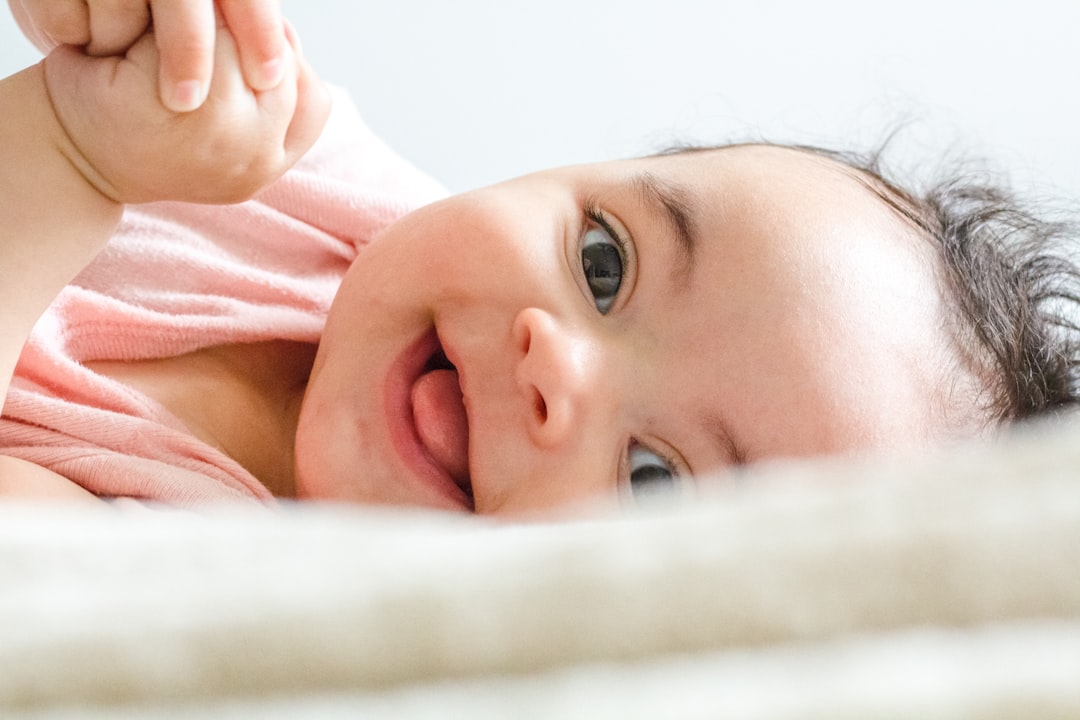
Well-Versed Parental Historian
You’ve got a good grip on historical baby advice, impressive!

Master of Ancient Babycare
You’re practically ready to write a book on historical childcare methods!


